Written by Cindy Hovington, Ph.D in Neuroscience
Founder of www.curiousneuron.com and host of the Curious Neuron POdcast
Montreal, Canada
Minimalistic playroom courtesy of @play_learn_laugh
Play and Brain Development.
I recently came across an interesting scientific article I thought I should share with you. I often discuss on the the Curious Neuron Facebook page which toys are developmentally appropriate on (follow us for daily tips, activities and info!), however, I have never commented on how many toys are appropriate.
In a recent study by Dauch and colleagues (2018), they tested whether the number of toys placed in a child’s play environment has an impact on the quality of play for toddlers. Quality of play is measured by how long a child stays focused on one toy and how they can use their imagination to play with that toy in different ways. The introduction to this article beautifully sums up play in children. “Engagement in play begins in infancy and has beneficial effects on development. During play, children interact with the physical and social elements of the environment, allowing them to discover challenges and try new skills. This enhances child development, health, and well-being (Knox & Mailloux, 1997). Through play, children learn to interpret the world around them which in return enhances their cognitive, emotional, social, and physical skills (Brasic-Royeen, 1997; Kuhaneck, Spitzer, & Miller, 2010; Shannon, 1974; Smith & Pellegrini, 2013; Russ, 2004). Play-based learning promotes academic readiness and outcomes (Golinkoff & HirschPasek, 2008). Thus, it is important to optimize the environment in which children play.”
Daunch reminds us that Piaget’s cognitive-developmental theory (1952) states that children acquire knowledge as they explore, manipulate, and imitate the environment around them. Attention plays a huge role in play by keeping a child engaged. Contrarily, distractions can cause a child to lose focus and become disinterested in play as well. Too many toys in the environment or TV playing in the background are some of the significant distractors that can shorten the duration of play with a single toy. (For more info on screen time click here or here)
Description of the study and summary of results.
A total of 36 toddlers between the ages of 18-30 months were tested by letting them play with various toys.
Toys were divided into four categories and designated as battery operated or not:
-
Educational : Toys that may teach a concept such as shapes, colours, or counting.
-
Pretend : Toys that suggest themed play scenarios for ‘as if’ play.
-
Action: Toys that can be activated through manipulation or toys that encourage exploration/ activity on the part of the toddler i.e. building, stacking, opening, twisting.
-
Vehicles: Toys that have wheels that promote play through the toddlers ability to push the toy.
Two play conditions were compared, 1) a 4-toy play session and 2) a 16-toy play session. During a child’s play session of 30 min, researchers evaluated the following 1) how often they played with each toy, 2) how long they played with each toy, and 3) the different ways they played with each toy.
Researchers found that in the condition with only 4 toys, children played with fewer toys, stayed focused longer on the toy they selected and played with that toy in various ways. This means that the quality of play was greater when there were only 4 toys in a child’s environment! Interestingly, when parents who participated in this study were asked how many toys they owned at home, some commented as much as 90, while others could not even count how many toys they had. In a study by Arnold and colleagues (2012), they found that the average American family has 139 toys available at a given time for their children. Although most people have toys organized for display, they are still all accessible to children and therefore create a distraction for children under the age of 5.
How to create the ideal play environment for your child’s development.
Minimalistic playroom courtesy of @zaras_play_tribe
Although we may have a lot of toys for our children, this study emphasizes the importance of having only a few toys available at a time in their play environment – so don’t get rid of all your toys! This study suggests 4 toys, however you can have a toy rotation and keep the rest of the toys in a closet or storage area. In fact, I highly recommend a toy rotation! This helps create an aspect of novelty for a child and sparks their interest and curiosity in their toys since they have not been in their environment for a while. Create a space or a room that is safe for your child to explore, has no distractions such as TV and has only a few toys available for play.
When creating a playroom or a play area, ask yourself the following questions:
-
Do I have some toys from the different categories: educational, pretend, action and vehicles? (see above for details)
-
Are toys at my child’s eye level? Having toys or books at eye level allows children to develop independence and follows the Montessori playroom guidelines (for more info click here)
-
Have I limited battery operated toys if I have children under 2?
-
Do I have open-ended toys such as wooden blocks, animal figurines or pretend play items? (for more info on what open-ended toys are click here)
-
Have I allowed an area dedicated to “quiet time” to either read or play in a sensory bin? (for more info on sensory bins click here)
-
Does my child have a creative space in their playroom?
There are two Instagram accounts that I highly recommend. First, @zaras_play_tribe is an account that has the perfect minimalistic play environment! Zara, a mother of 2 will often post stories about her toy rotations and demonstrates that sometimes a “toy” is something we can create on our own. The pictures I have in this article are her playroom! She limits 1 toy per shelf and most of her toys at eye level. She has a sensory bin as well. She demonstrates that you do not need a large playroom.
Another account is the @new_trick_kids. The reason I am including this website and Instagram account is because Meghan shows us that there isn’t a need to have lots of toys. We can use simple items from around our home or at the dollar store to create activities that are simple and promote development – place rubber bands around Jenga blocks, sensory bins using coloured chick peas, straws in a Play-Doh ball are all examples of simple activities a child can do and learn from. She also explains how she includes a toy rotation for her playroom.
We would love to hear from you! How do you minimize toys in your home? What are your tips on toy rotations? What type of toys do you have in your playroom and which are your child’s favourites?

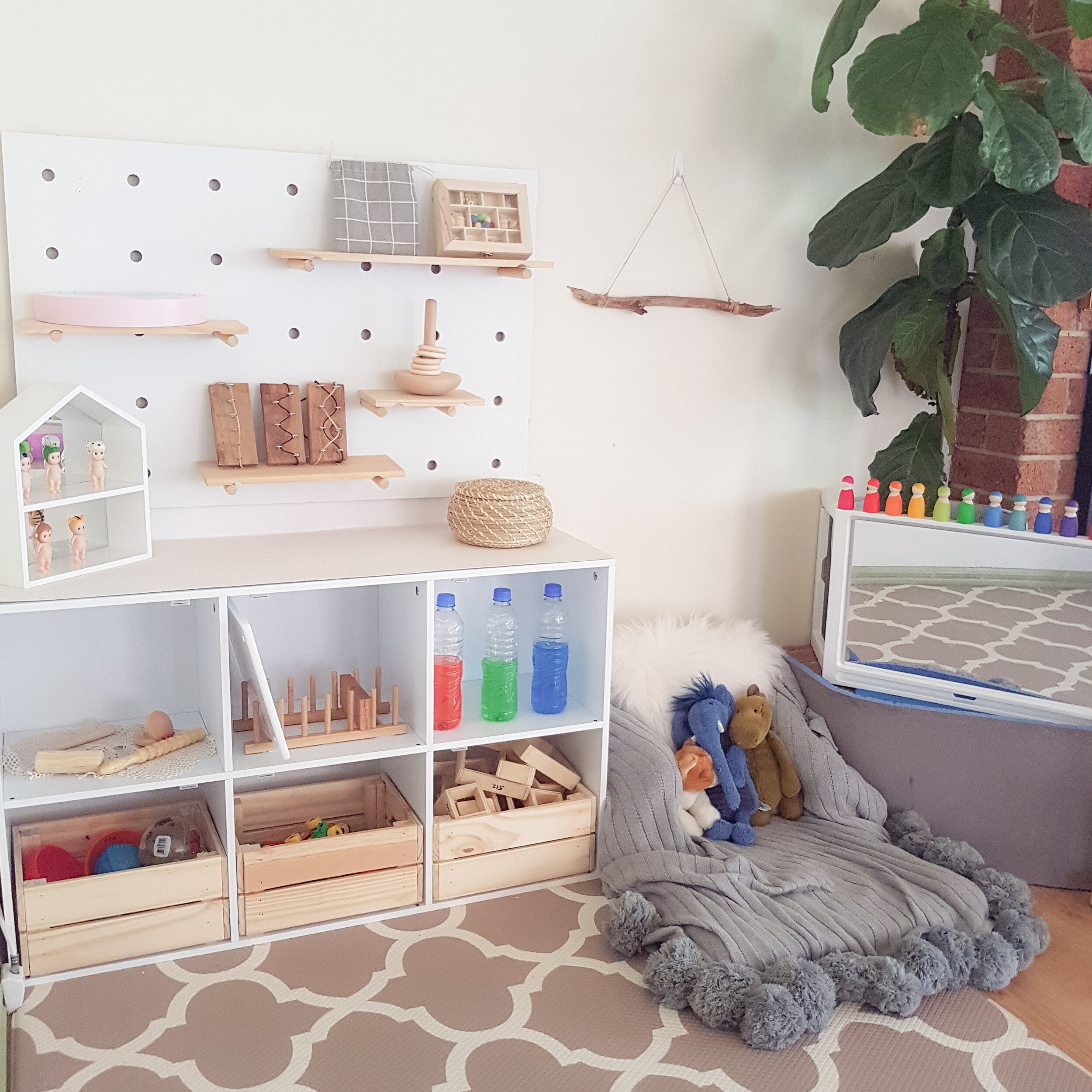



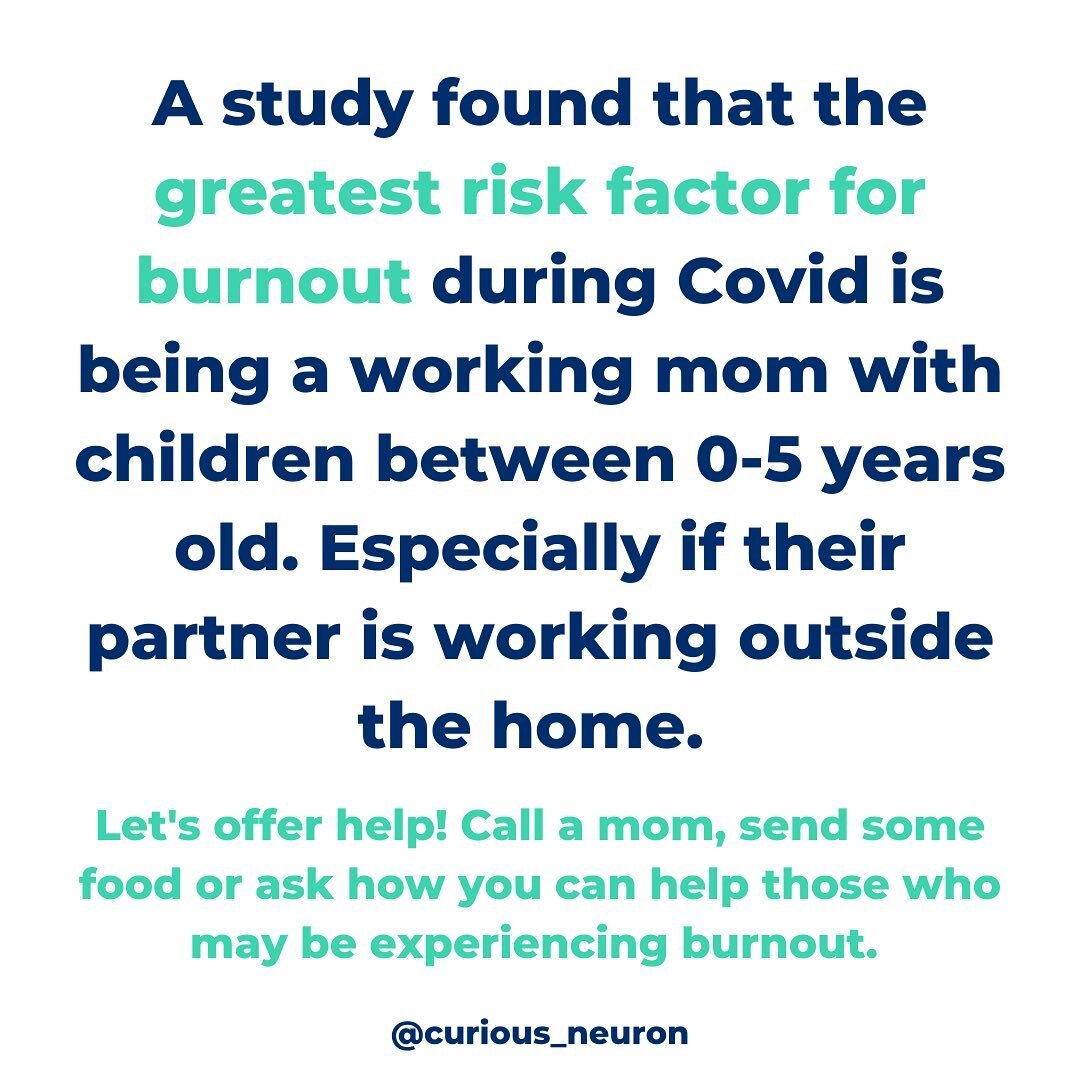
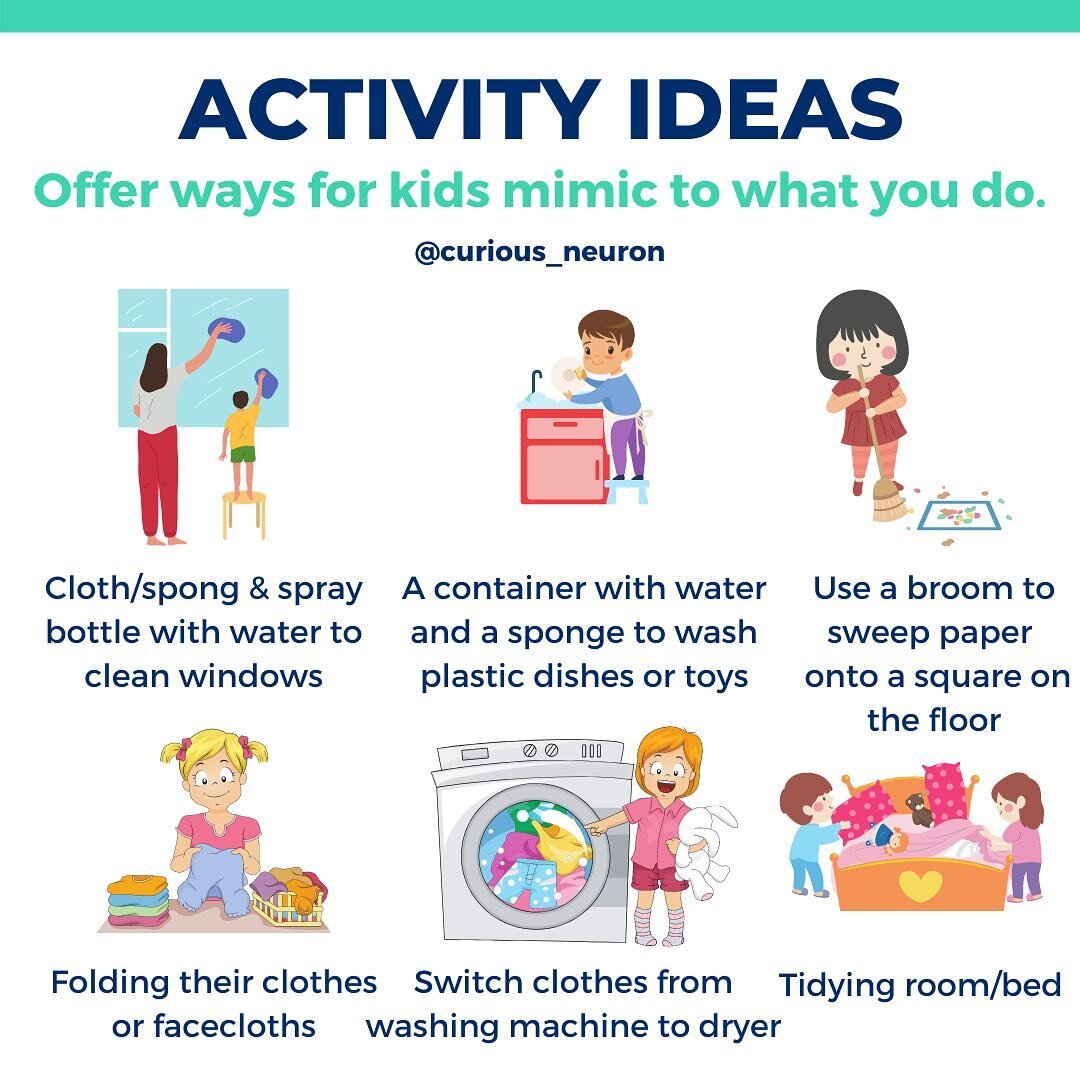

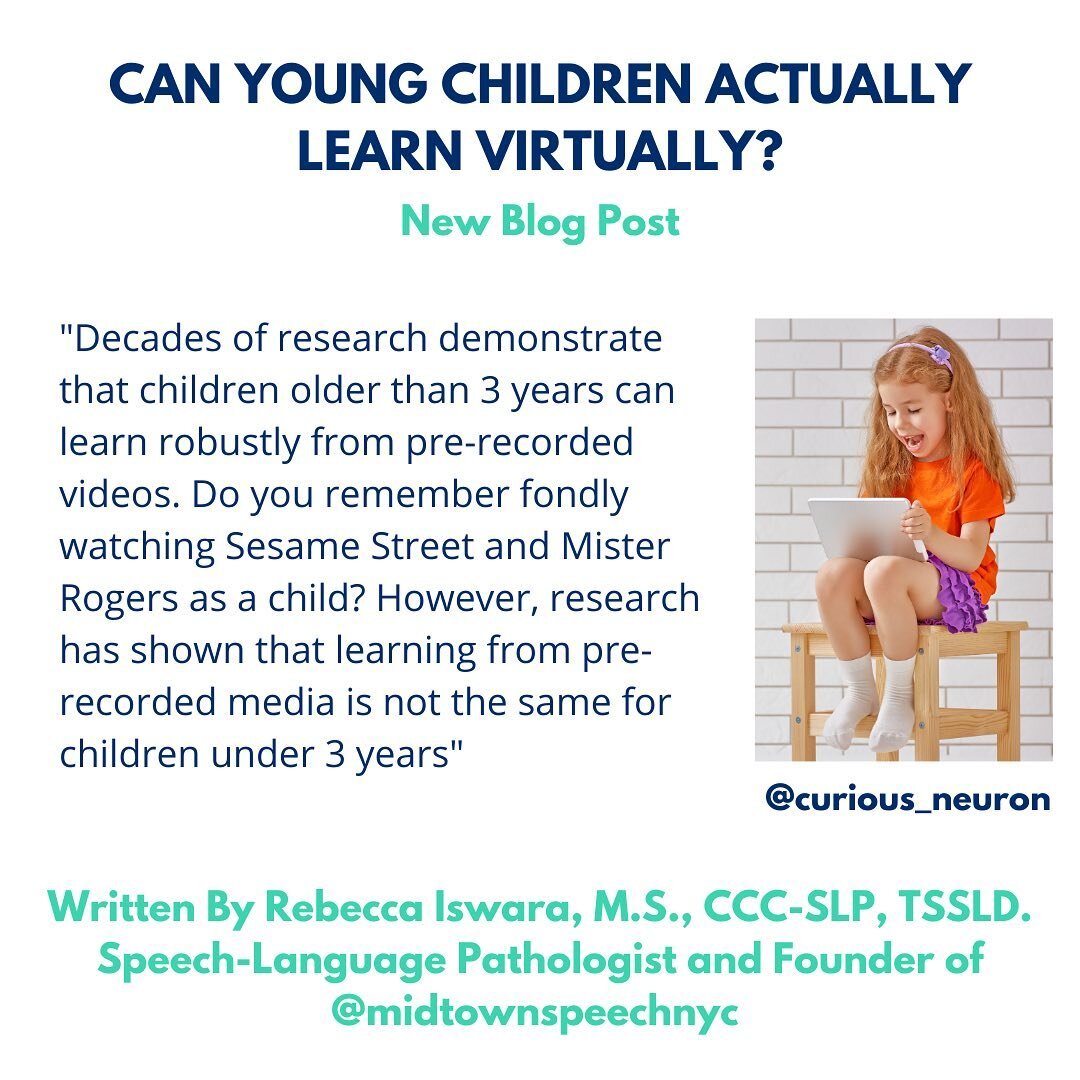
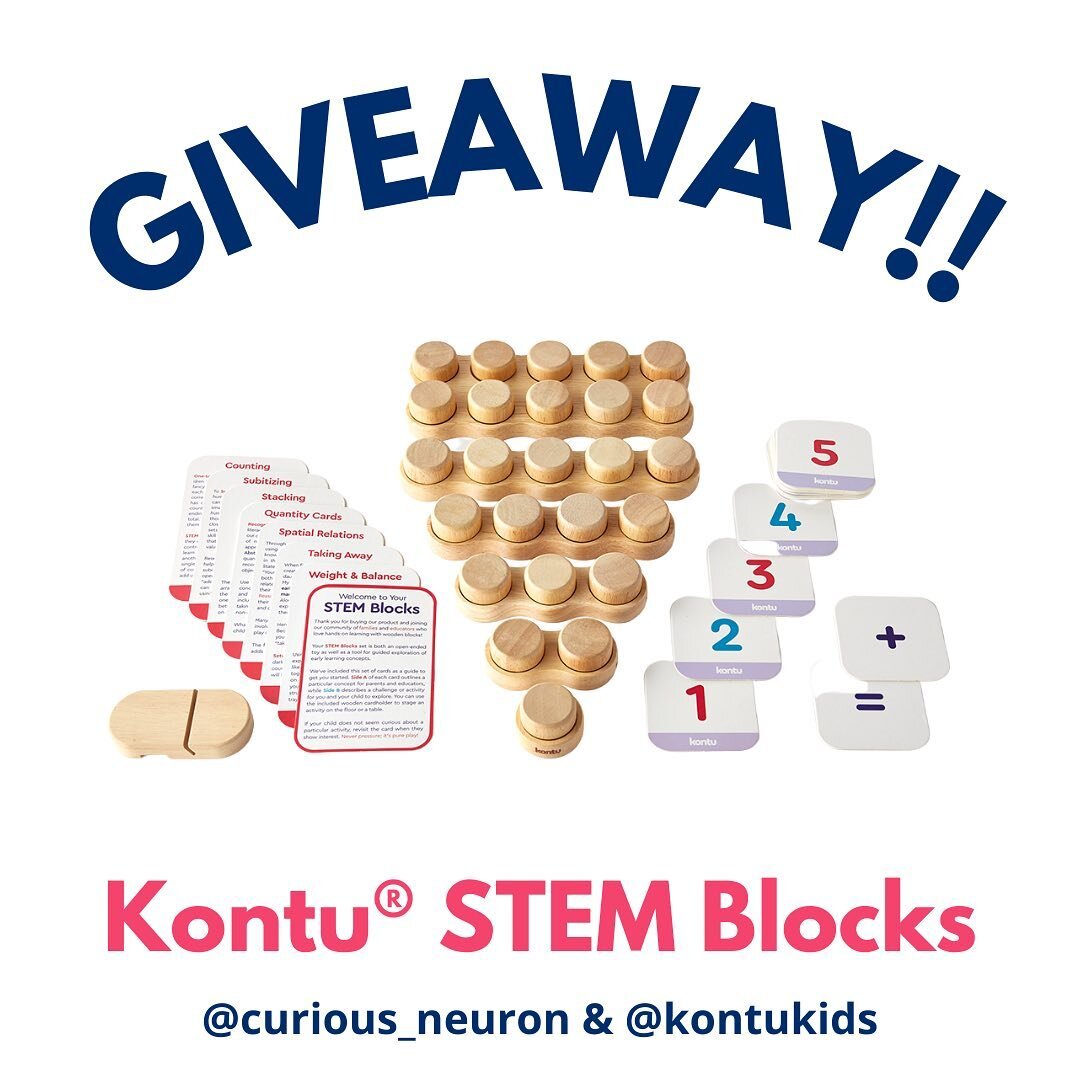

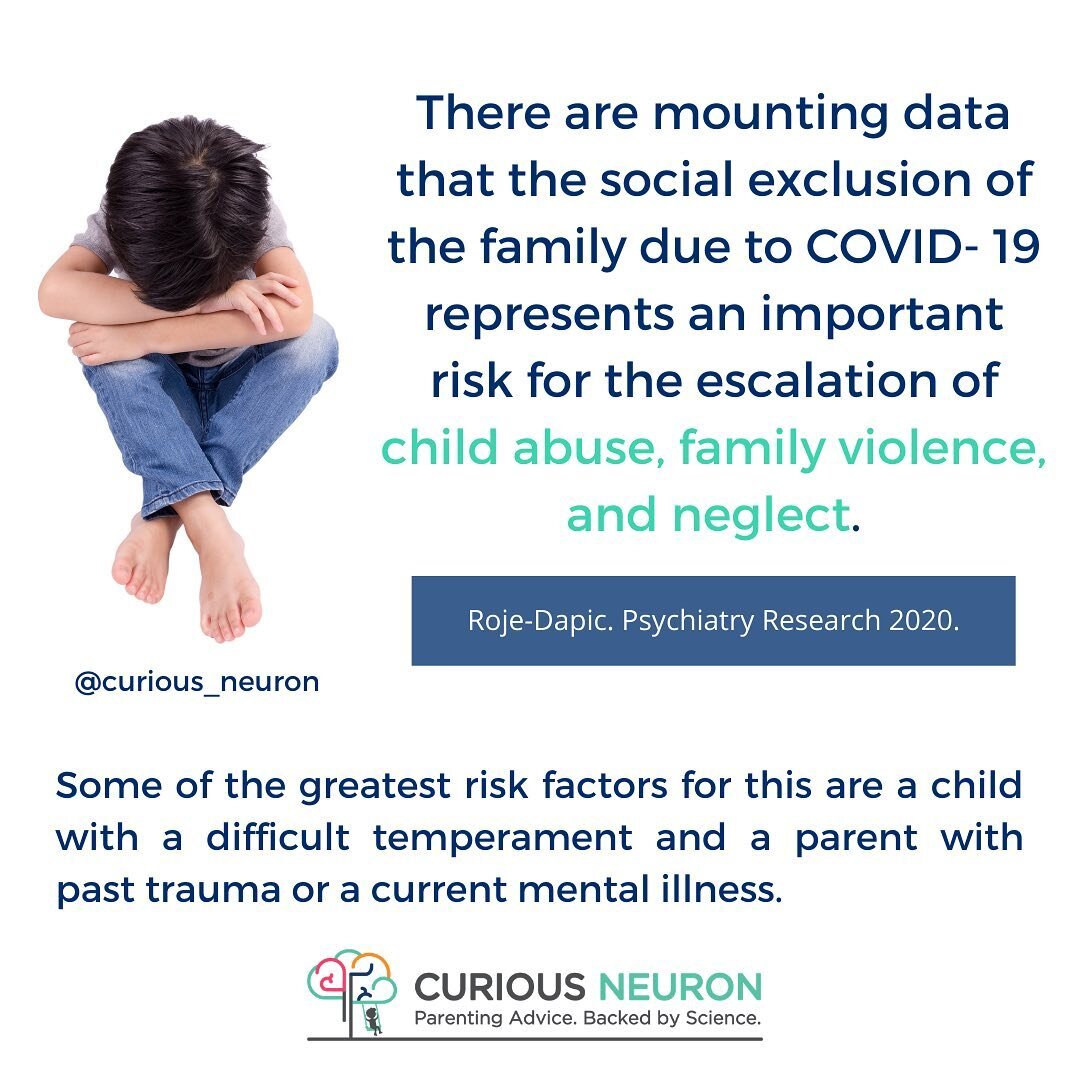
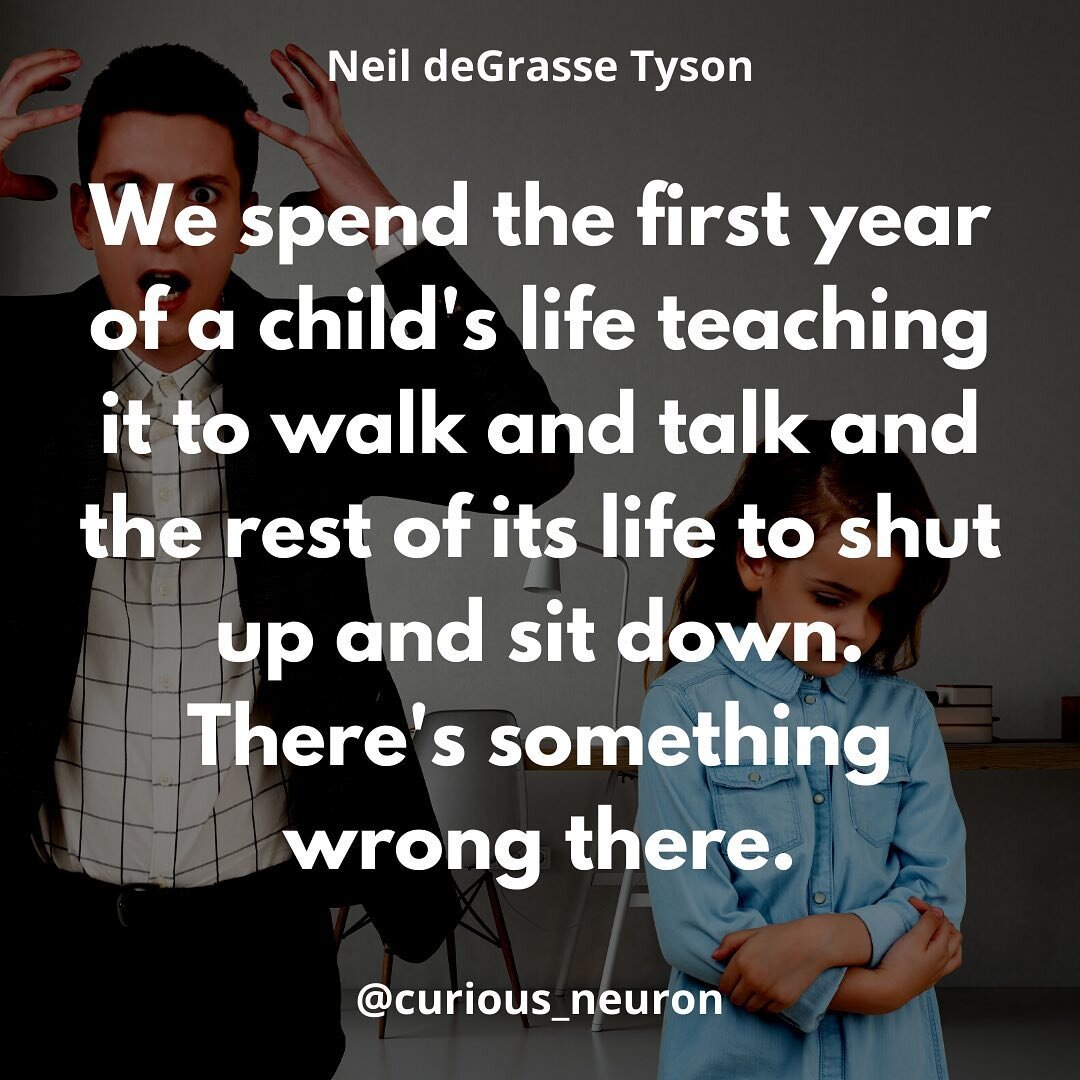
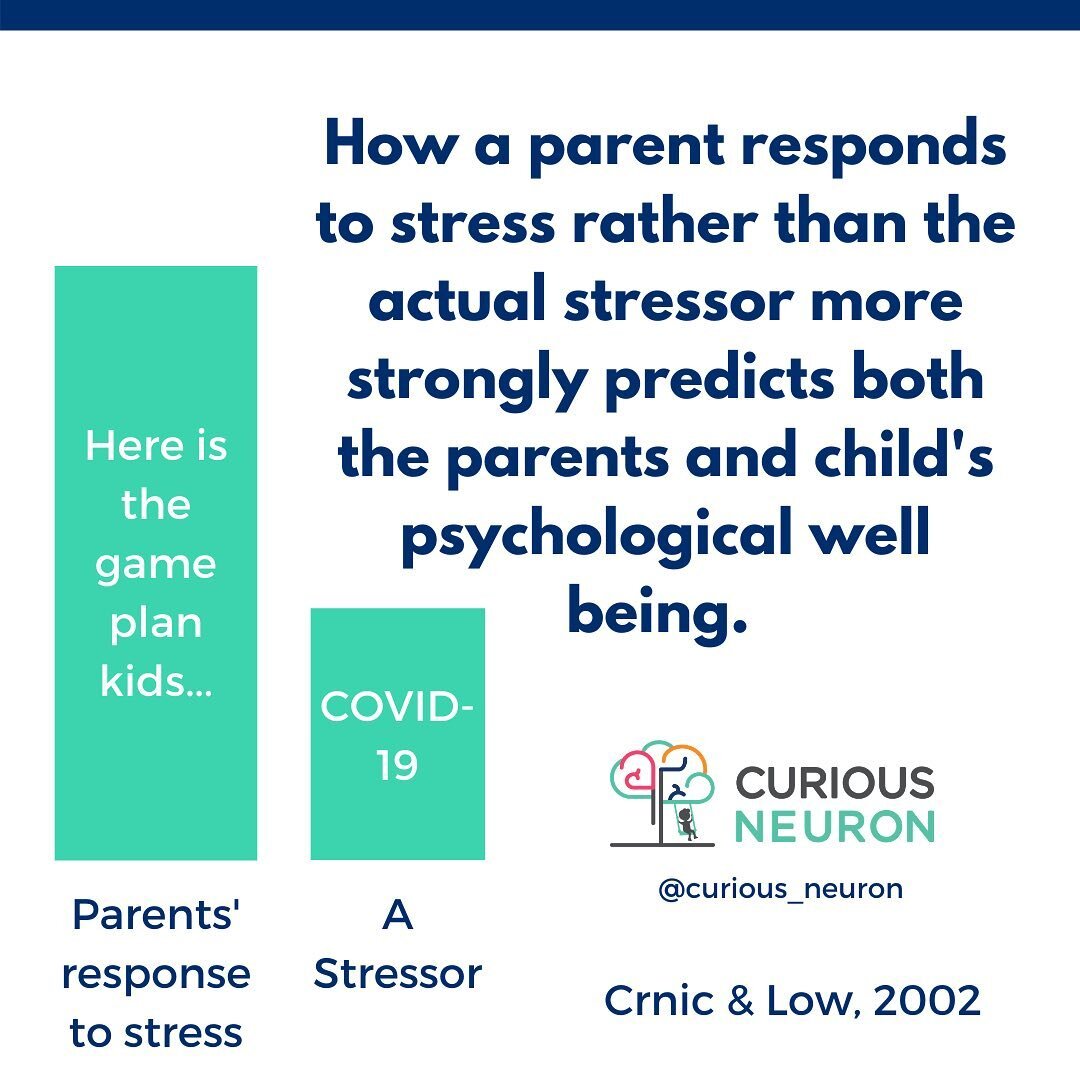

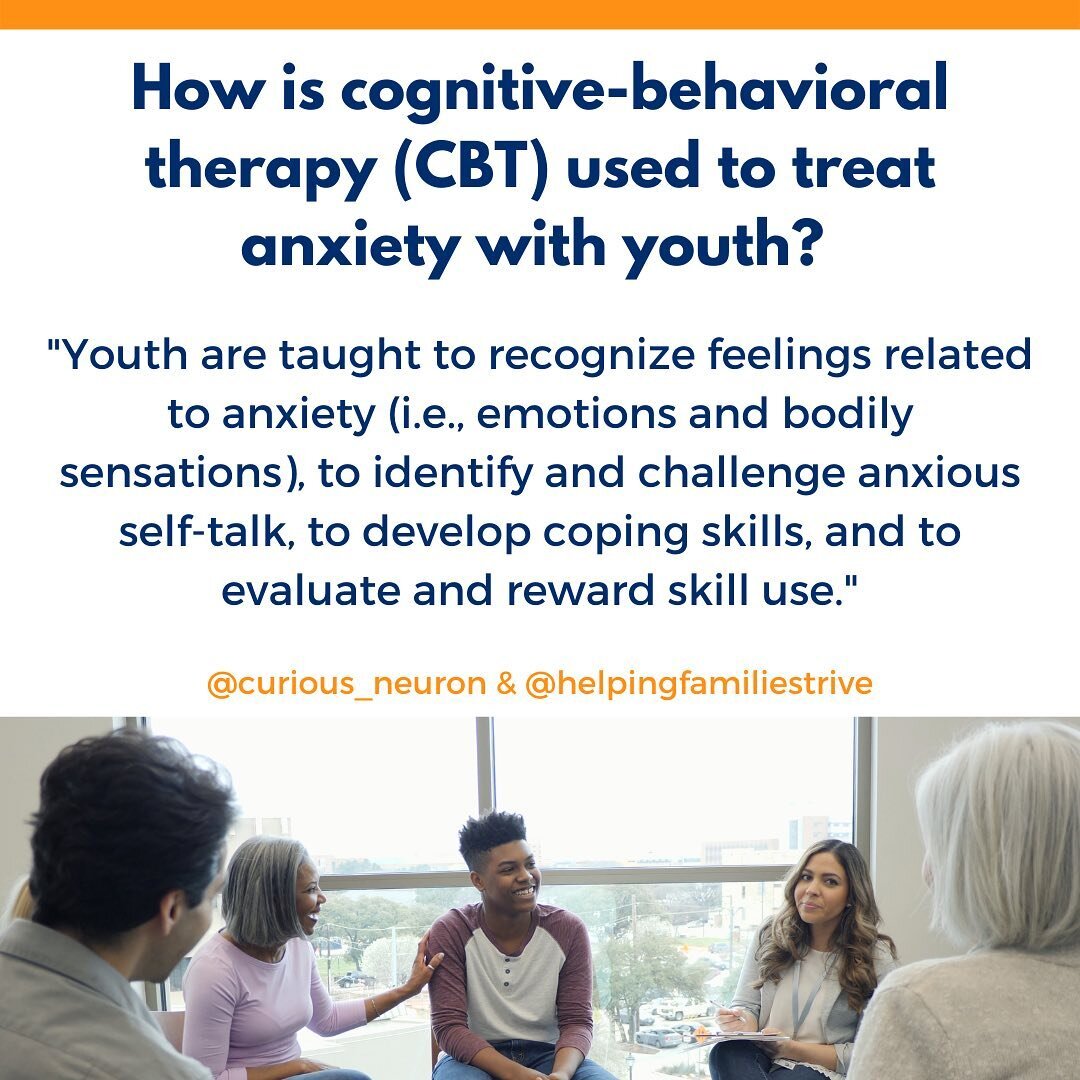
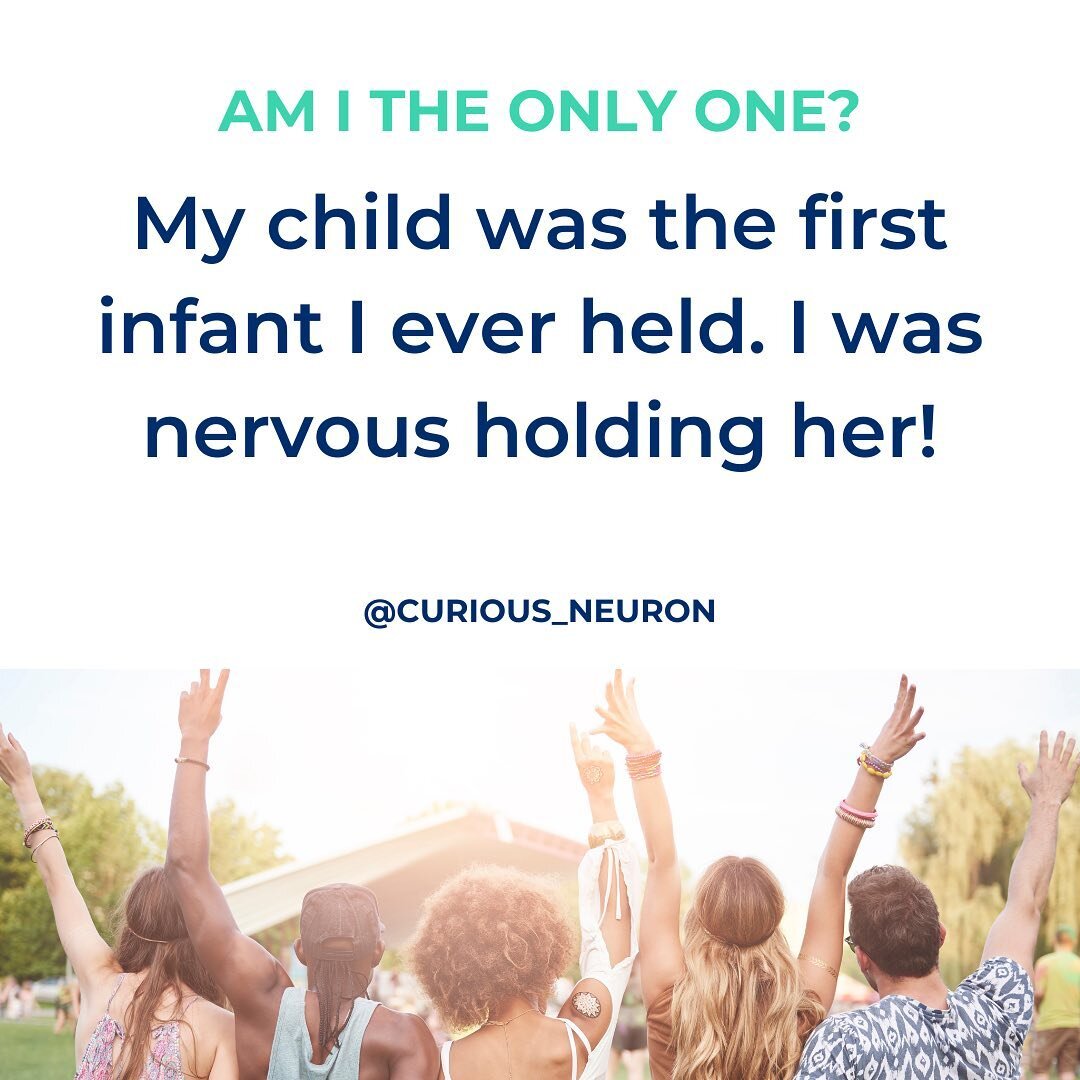
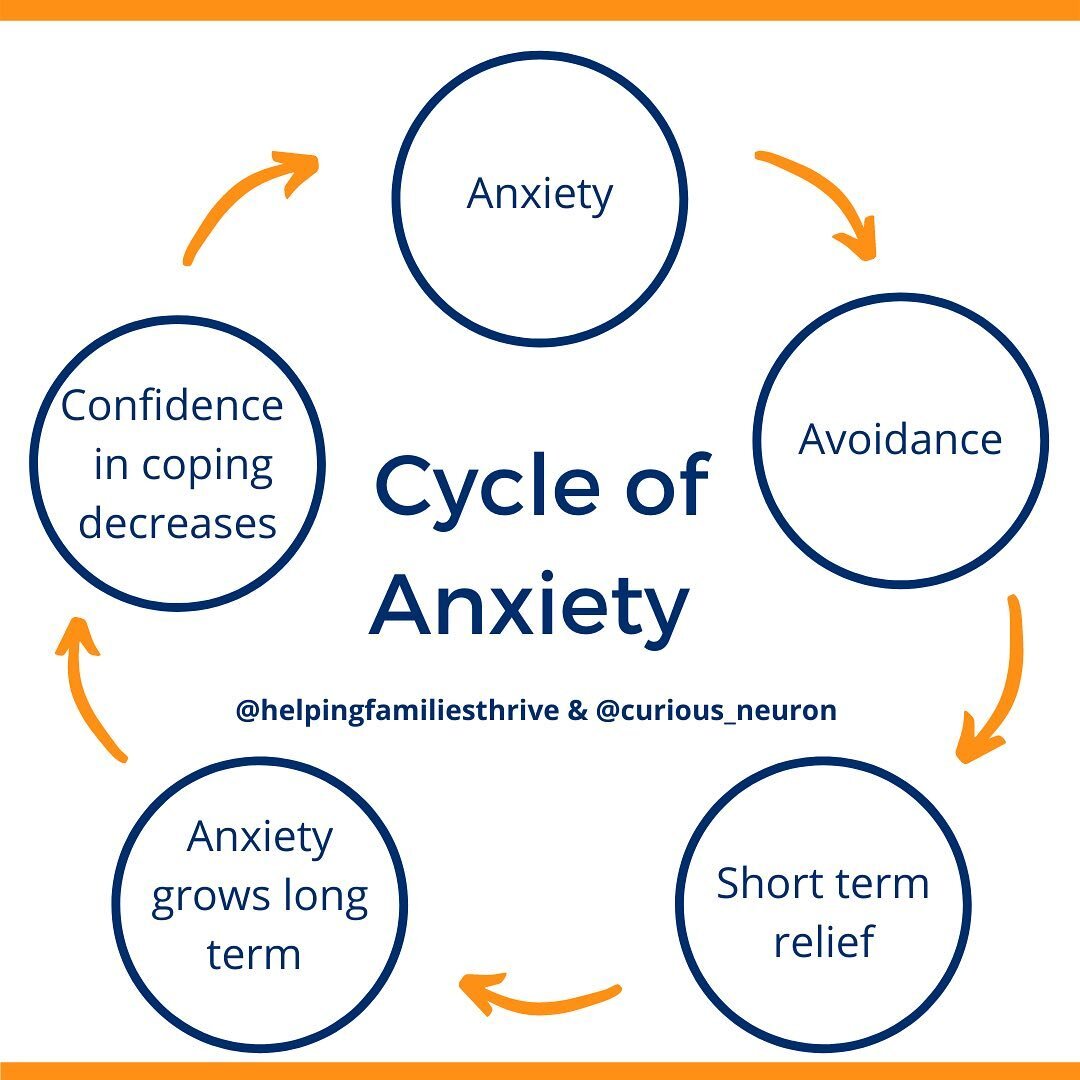
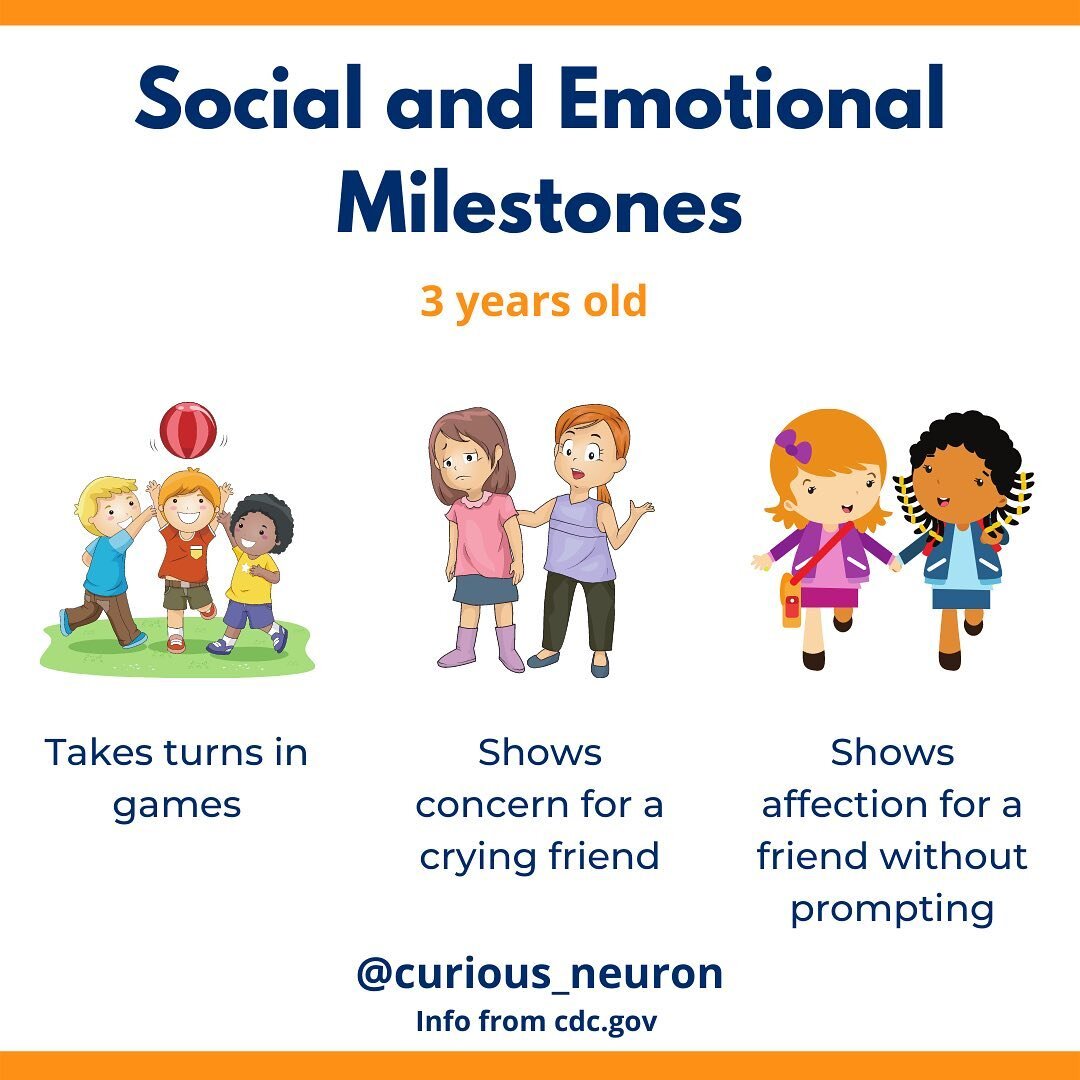

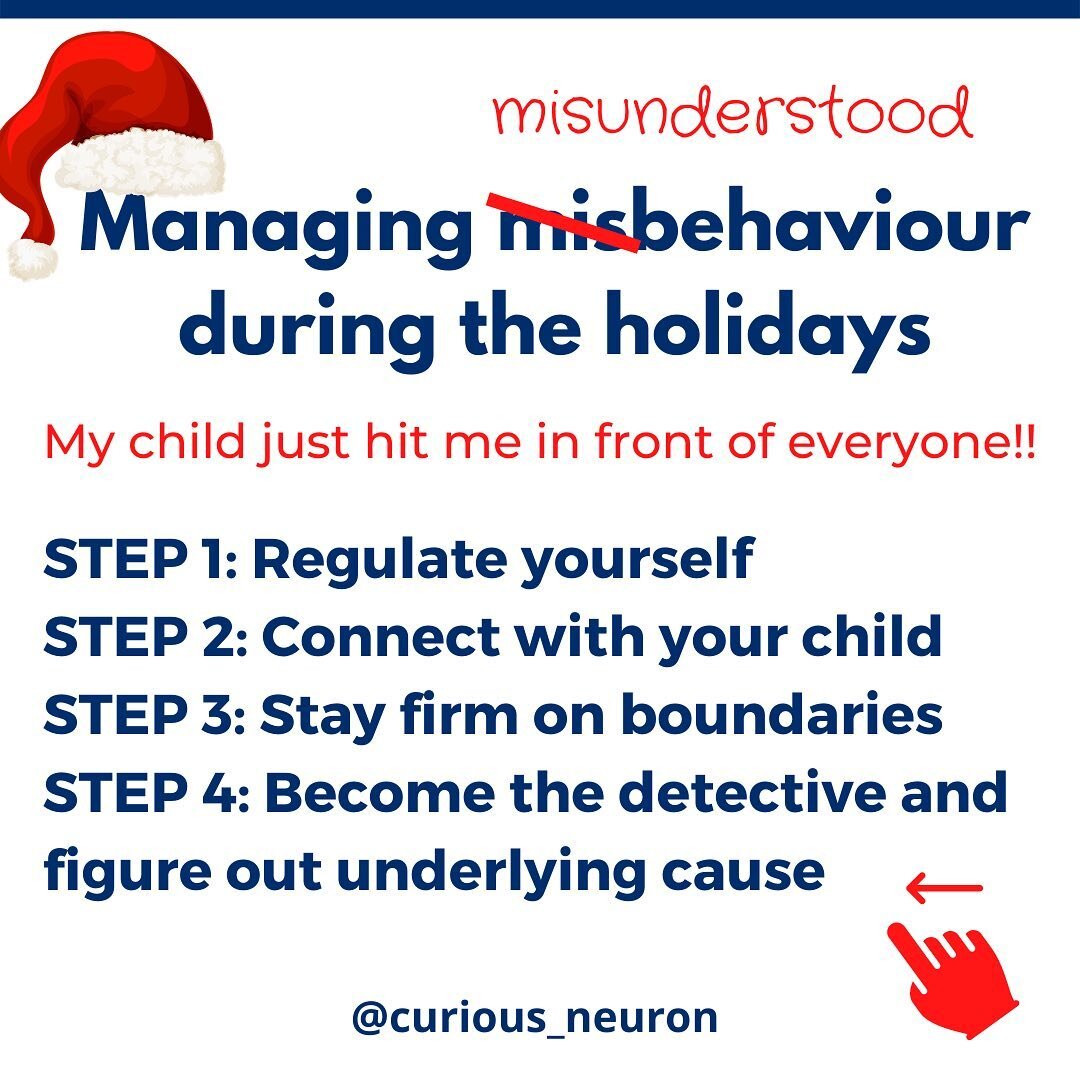
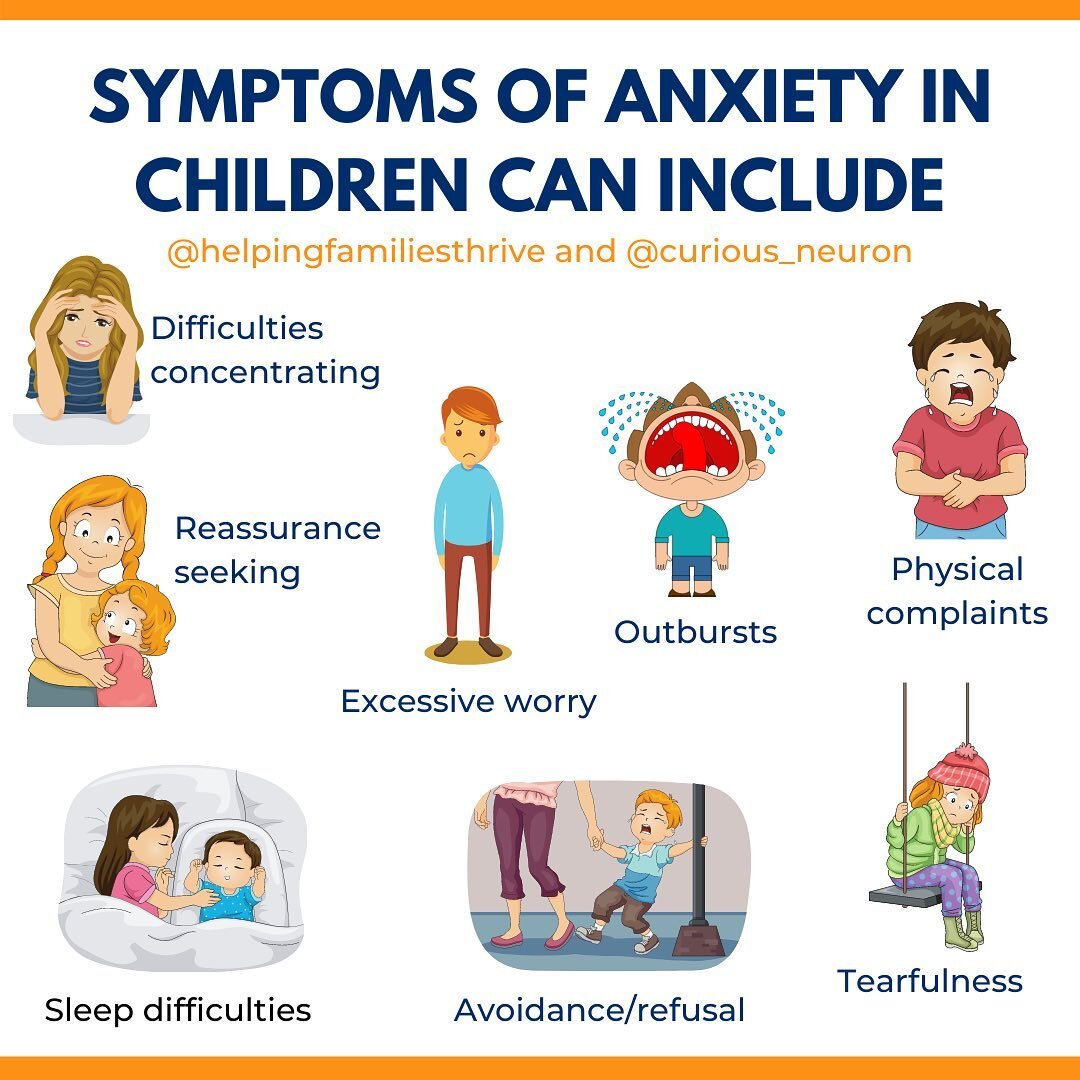
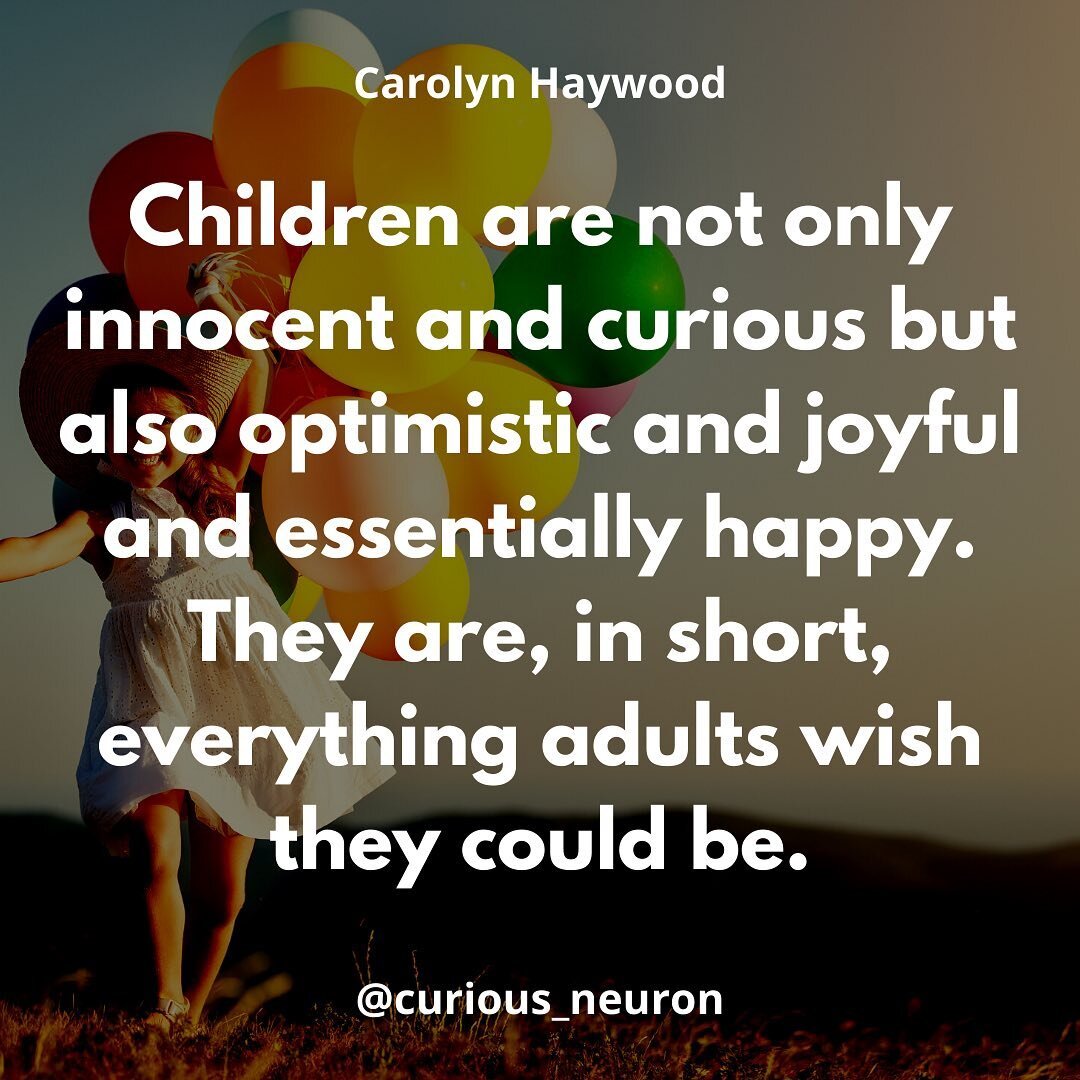
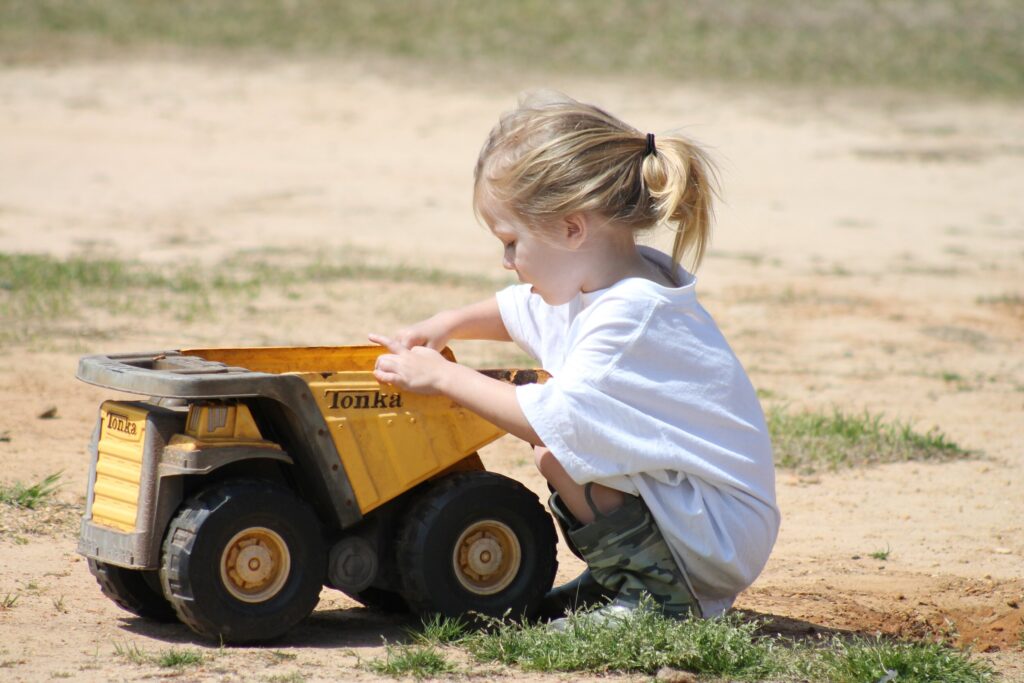
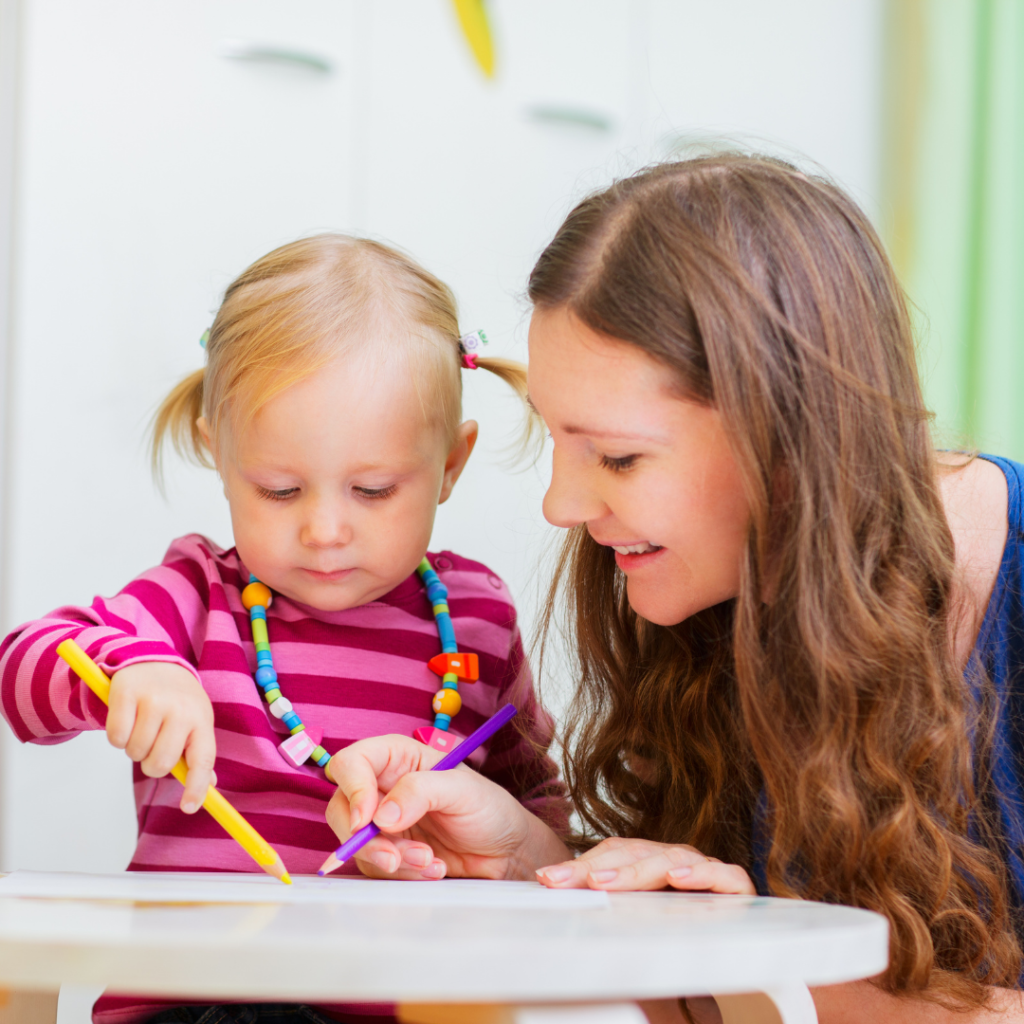
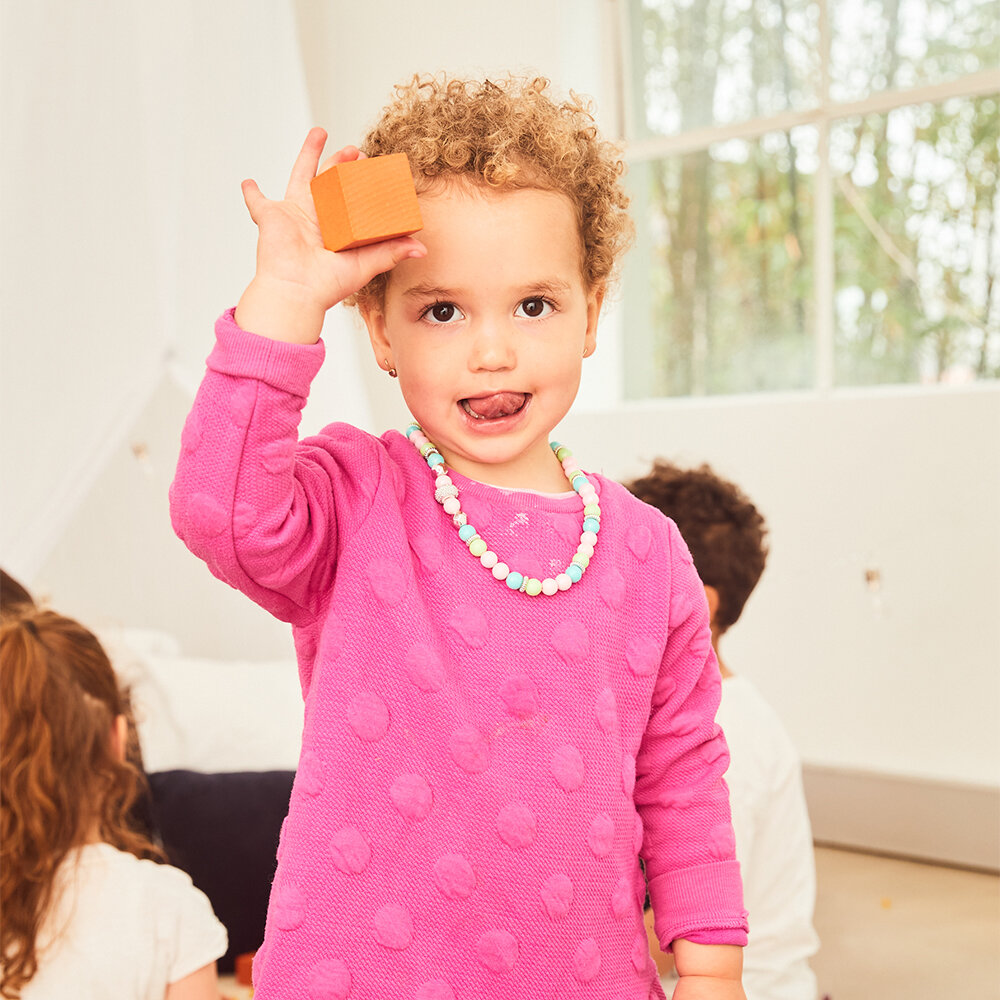
Hi Cindy! Thanks very much for this article. One tiny note is that the first Instagram account you recommend should be @play_laugh_learn.
Hi Diane, Thanks for the reminder. That account was changed from @play_laugh_learn (Zara’s account) was recently switched to @zaras_play_tribe. The link brings you to the correct account. Hope you like it!
This is a really great content, I can see how detailed you have gone through and explained about the less toys in a child’s environment the better it is for their brain. I love this article, thanks for producing such great contents. I love your posts always.
Thanks for the comment! Going through the literature is so so important before writing a blog post!
Having a limited number of toys is beneficial for children, especially when they are educational, like puppets. It encourages creativity, problem-solving, and imaginative play, fostering cognitive development and allowing children to fully engage and explore their interests.
I totally agree! Thanks for the comment.